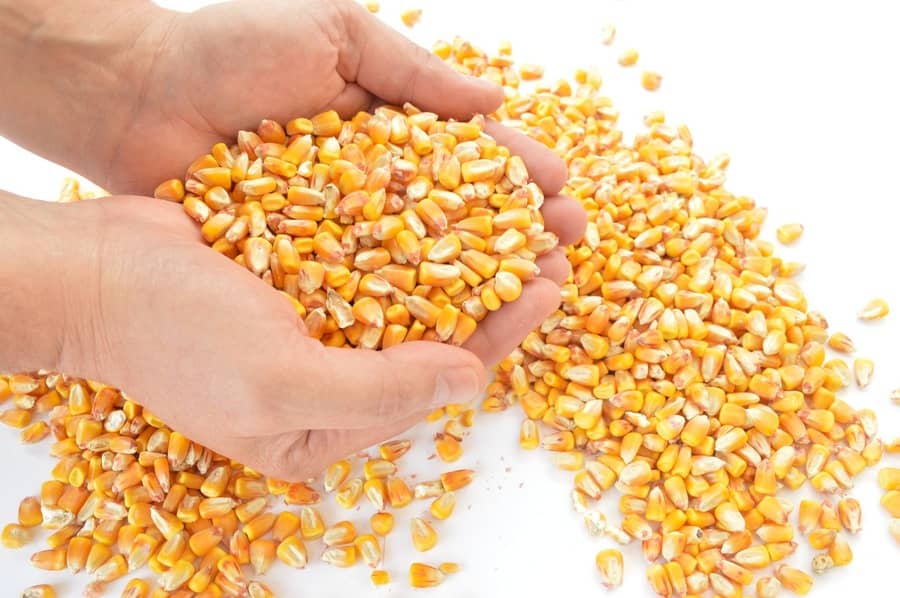Porto Alegre, April 4, 2023 – While the second crop develops, the Brazilian domestic market surprises with a rare selling pressure in the first half of 2023. Some points are important for this assessment, mainly because there is an inversion of the natural seasonality of high prices in the first half. This could directly affect planting decisions for the 23/24 summer crop, leading more growers to switch from summer corn to soybeans. However, the growers’ decisions are collaborating to bring down prices.
Some points are fundamental for the price profile of this first semester, in order to show a bearish curve when it should be a consistent upward movement:
– The soybean harvest, much larger than expected by growers in view of excellent productivity, occupies more space in warehouses than expected. The loss of soybean liquidity in the short term ends up generating a greater retention of soybeans and forces additional sales of corn. It is still necessary to cover crop expenses and/or even sell corn to make room for soybeans;
– Even in regions where the first semester seldom has space difficulties in the summer, such as the South of the country, cooperatives and traders are halting the receipt of corn to save space for soybeans;
– Good corn yield in this first semester also offers a little more supply than expected and selling interest;
– An important and little-mentioned point is the current difficult credit access in the financial system, at least at affordable costs. Both consumers and growers are struggling to get working capital. So few build up stocks for longer consumption and few want to hold corn because of credit cost. To retain soybeans, they sell corn;
– Port prices fell below BRL 80 for the 2023 second crop. Of course, the entire corn price curve is converted to the port level, which, without hikes in the CBOT futures or the exchange rate, does not find room for recovery;
– We still have ninety days of weather ahead for the second crop, at least. Possible cuts in rain and/or frost can somehow move the market. However, for the time being, the market is seller-friendly, which keeps prices bearish.
The set of factors effectively broke the upward bias for this first semester. The exaggerated retention of soybeans is harming the corn situation, and this will also be an important indicator for the second crop. This is because in August/September there will still be a lot of soybeans being shipped, using internal logistics and warehouses in the interior.
Follow the Safras Agency on our website. Also follow us on our Instagram and Twitter and stay on top of the main agribusiness news!
Copyright 2023 – Grupo CMA

